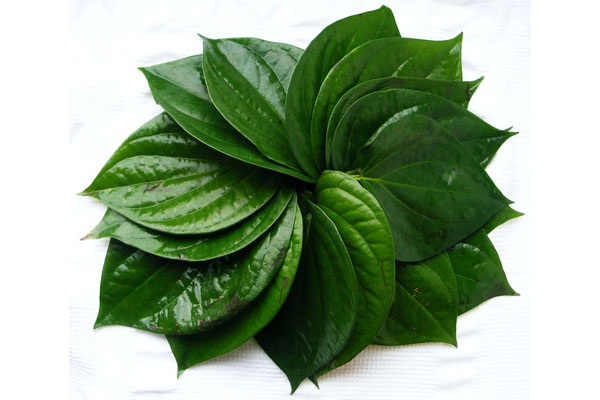Introduction
Betel (Piper betle L.)
Family - Peperaceae
Betel is an evergreen, perennial climber with a semi arid stem. It is trained on poles or trellis. The leaves of this plant are economically and medically important. Betel leaves have been traditionally used for chewing purposes along with other condiments. This chewing combination is quid and type of ingredients used could be varied from country to country. Sri Lankan betel industry has a long-standing history dating back to 340 AD. In Sri Lanka more than 12 species are found and are endemic. Betel is a very good cash crop and is also cultivated in some other countries like India, Bangladesh, Pakistan, Philippine Island, and East Africa.
Cultivation
Agronomic Requirements
Betel can be cultivated up to an elevation of 1000m above sea level and grows best on well-drained, fertile soils. Waterlogged, saline or alkali soils are not suitable for betel cultivation. Well-distributed annual rainfall enhances the growth of betel vines. Betel is a sun loving plant but produces better quality leaves under shady situations. Hot dry winds are harmful and retard the growth of the vine.

Constituents
The important constituent of the leaves is a volatile oil named as betel oil. Some of the major compounds identified in Sri Lankan betel oil are ß-phellandrene, 4-terpinol, eugenol, chavibitol acetate, safrole and Allylpyrocatechol diacetate.
Novel Products
Several value added products from betel has been formulated and those include betel toothpaste, mouthwash, shampoo, face cream, instant betel quid and pellets.

